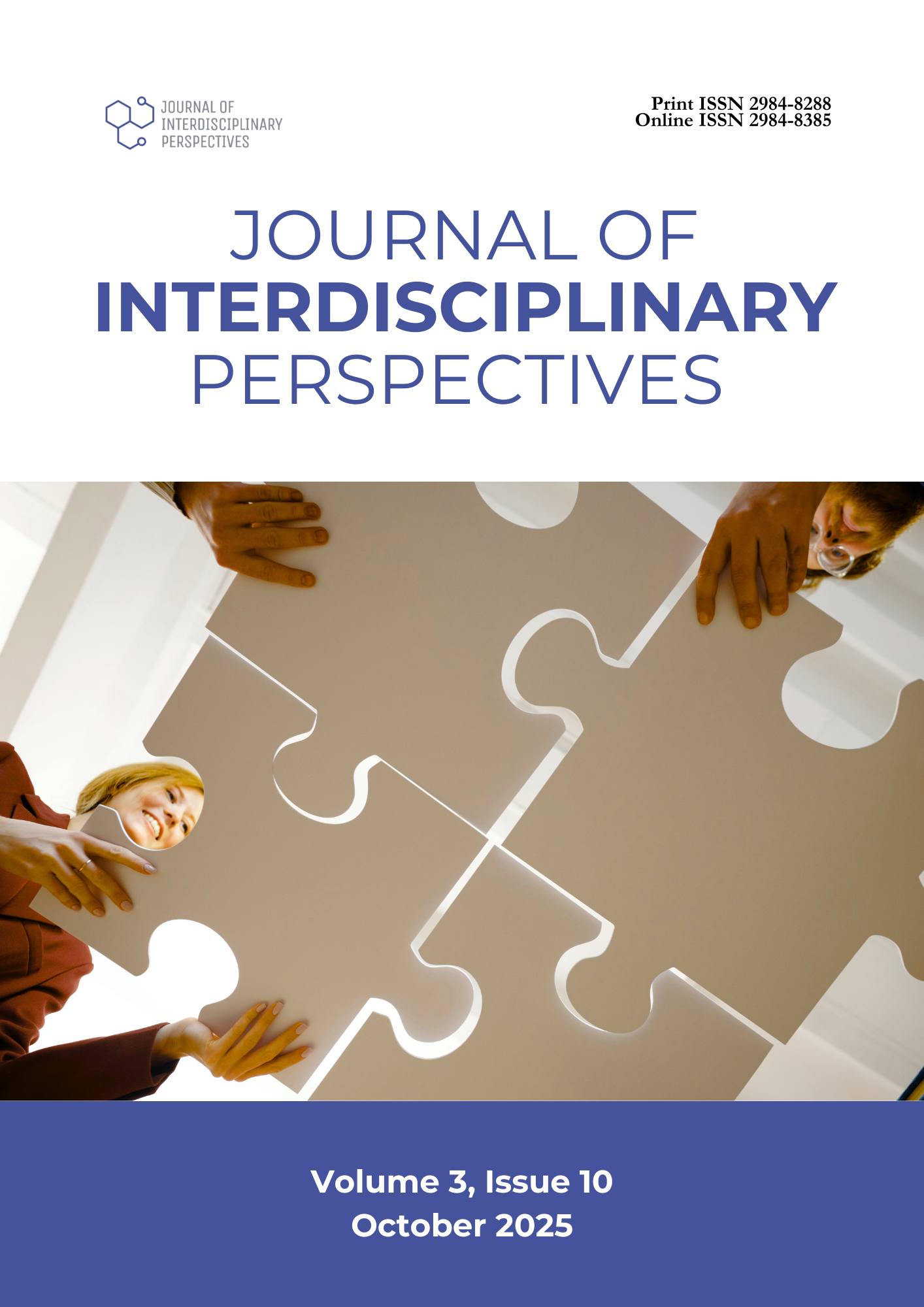Performance of On-Site and Remote Employees in a Philippine Government Agency
DOI:
https://doi.org/10.69569/jip.2025.470Keywords:
Employee performance, Work-in-office, Work-from-home, IT proficiency, Hybrid workAbstract
In the post-pandemic landscape, the integration of work-from-home (WFH) and work-in-office (WIO) arrangements has become the new norm. This study examined the performance of employees under both setups at a Philippine government agency and explored the influence of demographic and work-related factors. A descriptive-correlational research design was employed, using a stratified random sample of 107 permanent employees. Data were gathered through a validated and reliable researcher-made instrument and analyzed using t-tests, ANOVA, and Pearson correlation. Findings revealed that both WIO and WFH employees demonstrated outstanding performance levels. IT proficiency was a key determinant of high performance in both work settings, while the conduciveness of the homework environment significantly impacted WFH outcomes. Among demographic variables, age and section assignment were significantly associated with WIO performance, whereas marital status and household size hurt performance in the WFH setup. A significant correlation was also found between WIO and WFH performance, indicating consistent employee productivity across both modalities. The study concludes that while employees maintain high performance regardless of work setting, targeted strategies, such as improving IT support and optimizing remote work environments, are essential to sustaining productivity. These insights offer valuable guidance for government agencies seeking to refine hybrid work policies and promote efficient, flexible work arrangements.
Downloads
References
Ambikapathy, Manimegalai., & Ali, Asiah. (N. D.). Impact and challenges towards employees work from home during COVID-19 (MCO) period. International Journal of Social Science Research, [S.l.], v. 2, n. 4, p. 97–107, Dec. 2020. ISSN 2710-6276. Available at: https://tinyurl.com/yk6wwkwd
Baltes, P. B., & Baltes, M. M. (1990). Psychological perspectives on successful aging: The model of selective optimization with compensation. In Cambridge University Press eBooks (pp. 1–34). https://doi.org/10.1017/CBO9780511665684.003
Deci, E. L., & Ryan, R. M. (2000). The “what” and “why” of goal pursuits: Human needs and the self-determination of behavior. Psychological Inquiry, 11(4), 227–268. https://doi.org/10.1207/S15327965PLI1104_01
Denison, D. (2019). Introduction to the Denison model. Denison Consulting LLC. https://tinyurl.com/4cec77fy
Eagly, A. H., & Wood, W. (2012). Social role theory. In SAGE Publications Ltd eBooks (pp. 458–476). https://doi.org/10.4135/9781446249222.n49
Eddleston, K. A., & Mulki, J. (2015). Toward understanding remote workers’ management of work–family boundaries: The complexity of workplace embeddedness. Group & Organization Management, 42(3), 346–387. https://doi.org/10.1177/1059601115619548
Lathabhavan, R. (2024). Work from home effects on working mothers in a patriarchal society during pandemic times: A study from India. Australian Journal of Career Development, 33(1), 46–56. https://doi.org/10.1177/10384162241232482
Liu, X., Jing, Y., & Sheng, Y. (2023). Work from home or office during the COVID-19 pandemic: The different chain mediation models of perceived organizational support to job performance. Frontiers in Public Health, 11, 1139013. https://doi.org/10.3389/fpubh.2023.1139013
Krešić, D. (2019). Tax culture in developing countries: Case of Bosnia and Herzegovina. European Journal of Government and Economics, 8(2), 158–178.
Qu, J., & Yan, J. (2022). Working from home vs. working from office in terms of job performance during the COVID-19 pandemic crisis: Evidence from China. Asia Pacific Journal of Human Resource. https://doi.org/10.1111/744-7941.12353
Ryan, R. M., & Deci, E. L. (2000). Self-determination theory and the facilitation of intrinsic motivation, social development, and well-being. American Psychologist, 55(1), 68–78. https://doi.org/10.1037/0003-066X.55.1.68
Srivastava, C., Murnane, E. L., Billington, S. L., & Samuelson, H. W. (2024). Impact of workplace design on perceived work performance and well-being: Home versus office. Journal of Environmental Psychology, 74, 102274. https://doi.org/10.1016/j.jenvp.2024.102274
Susilo, D. (2020). Revealing the effect of work-from-home on job performance during the COVID-19 crisis: Empirical evidence from Indonesia. Journal of Contemporary Issues in Business and Government, 26(1), 23-40. https://tinyurl.com/r25bh83v
Toscano, F., González-Romá, V., & Zappalà, S. (2024). The influence of working from home vs. working at the office on job performance in a hybrid work arrangement: A diary study. Journal of Business and Psychology, 40(3), 497–512. https://doi.org/10.1007/s10869-024-09970-7
Umishio, W., Kagi, N., Asaoka, R., Hayashi, M., Sawachi, T., & Ueno, T. (2021). Work productivity in the office and at home during the COVID-19 pandemic: A cross-sectional analysis of office workers in Japan. International Journal of Nursing Studies, 118, 103923.
Yu, R., Burke, M., & Raad, N. (2019). Exploring the impact of future flexible working model evolution on the urban environment, economy, and planning. Journal of Urban Management, 8(3), 447–457. https://doi.org/10.1016/j.jum.2019.05.002
Downloads
Published
How to Cite
Issue
Section
License
Copyright (c) 2025 Journal of Interdisciplinary Perspectives

This work is licensed under a Creative Commons Attribution-NonCommercial 4.0 International License.








